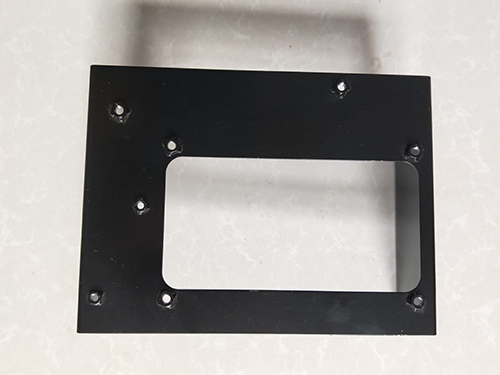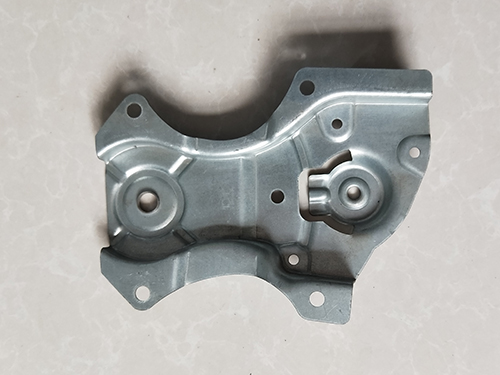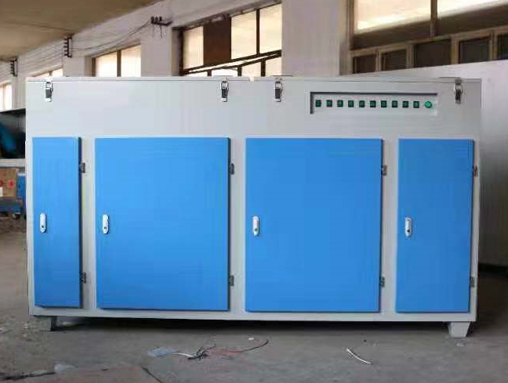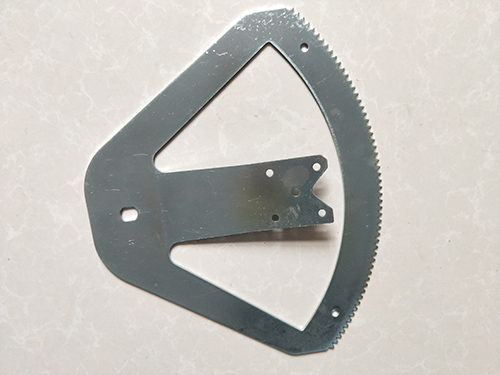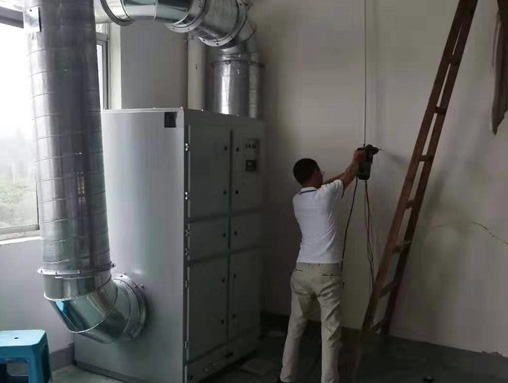Key points of mold and tooling management for metal stamping equipment and mold
1、 Stamping equipment and mold tooling management
The stamping workshop implements WCM-PM management for end pickers and mold management, including equipment ledger, fault analysis, spare parts management, monthly inspection and maintenance plans based on monthly production plans, and changes to end pickers and molds.
Regular maintenance is implemented for tooling molds, and a mandatory pre repair system is implemented. Maintenance is carried out according to the number of punches of the mold, and a maintenance standard frequency is established. Establish a quality maintenance matrix to display the relationship between quality key points and mold part parameters.
Control the mold parameters, process parameters, and equipment parameters used in production to ensure the quality of stamped parts.
The mold parameters during the production process include blade clearance, mold nitrogen cylinder pressure, billet limit size, etc. These parameters need to be clearly defined in the mold maintenance operation manual; The process parameters are generally determined by the mold itself, mainly including the mold installation height, closure height, hydraulic pad stroke, hydraulic pad pressure, balancer pressure, and top rod specifications. These information need to be clearly stated in the "Mold Installation Card". If there are changes to the relevant parameters, they need to be confirmed by the quality personnel. During the mold debugging process, the operator sets them according to the requirements of the component processing technology. During the process, the stamping workshop quality inspector needs to check the compliance of the parameters before each batch of production and keep records.
The equipment parameters mainly include worktable parallelism, worktable perpendicularity, slider parallelism, slider perpendicularity, hydraulic pad tonnage accuracy, balance air pressure accuracy, etc. If these parameters deviate, it will seriously affect the quality of stamped parts. These parameters need to be measured and monitored regularly by equipment technicians, and for stamping workshops, they are generally checked once every quarter.
2、 Key points of forging steps for stamping parts molds
The smooth implementation of the forging process for stamping molds also requires production personnel to have a reasonable grasp of the production steps and stamping methods of stamping mold manufacturing.
1. Processing methods for stamping parts molds
The processing methods of stamping molds are mainly divided into two types: natural stamping and patterned stamping forging. Natural stamping refers to the process where production personnel can directly carry out stamping treatment according to the design of the stamping material blank during the production of stamping parts molds, without the need to adjust the forging material again during the forging process. And patterned stamping forging refers to the adjustment of the forging process on the preliminary formed model during the production of stamping model forging according to the regulations of model production.
If forging production of hard alloy is carried out, after the forging process is completed in the blank processing stage, the subsequent model cutting and embossing treatment can be directly carried out; And for aluminum copper alloys, after processing in the blank stage, local adjustments such as model angle, thickness, and curvature need to be made during later forging production. This is the difference between natural stamping and patterned stamping methods.
2. Processing steps of stamping parts molds
During the forging practice of stamping parts molds, construction personnel need to grasp the steps of product production. At present, the steps in the manufacturing technology of stamping parts mainly include forward processing and reverse processing. The forward processing refers to adjusting the forging model and carbonizing it at 2/3 of the forging surface based on the fiber direction of the original blank, and then processing it according to the stamping die part. The reverse processing method refers to forging the bottom of the model from bottom to top according to the vertical direction of the blank, and paying special attention to the treatment of the protruding and cracked parts, adjusting the angle within 900 degrees, and concentrating on mold processing.

